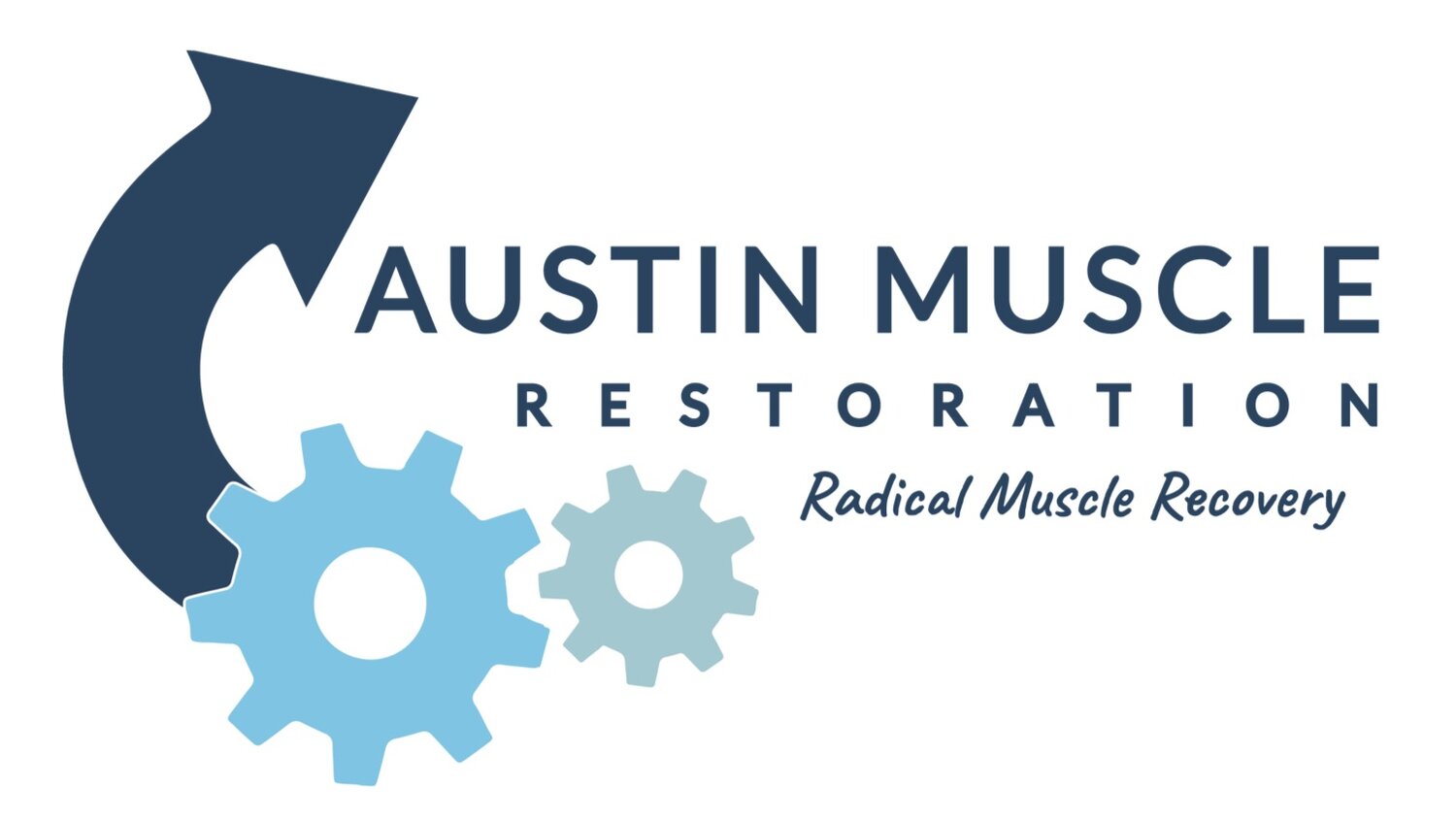5 Frequently Asked Question about Plantar Fasciitis
1. What exactly is Plantar Fasciitis?
Plantar Fasciitis is an inflammatory condition that results in pain in the heel and the bottom of the foot.
2. What causes Plantar Fasciitis to occur?
It is caused by constant straining and overuse of the muscles and ligaments that help to support the arch of the foot. In many cases chronic dysfunction in the muscles of the foot is the root cause of the problem. In other cases the foot is merely compensating for chronic dysfunction in other regions of the muscular system. This can be determined by performing a thorough assessment of the body, such as through a Muscle Activation Techniques assessment.
3. How is Plantar Fasciitis commonly treated?
Common forms of treatment include cortisone injections and prescription orthotics. Although these treatments can be effective at managing symptoms in the short term, these treatments are not addressing the underlying cause of the condition, which is typically chronic muscle weakness at the foot level or throughout the whole body. If these weaknesses are not addressed and corrected, symptoms are likely to re-occur.
4. My Doctor prescribed orthotics as treatment for Plantar Fasciitis. Do I need to wear these for life?
Just like wearing a cast helps a person with a broken bone, wearing orthotics can help to manage some of the symptoms of plantar fasciitis. But like a cast, these should not be worn for life. Orthotics take away some of the naturally occurring motion at the foot. Limiting motion at the foot can take away some of the pain associated with plantar fasciitis. However, this comes with a price because when you limit motion at one joint, that motion has to be picked up by other joints. In other words, while the foot does not have to move as much, the other joints have to move more. This can cause undo stress on the other joints leading to pain and dysfunction in other areas of the body, such as knee, hip and back. Therefore, orthotics should always be thought of as a short term solution.
5. I have tried traditional forms of treatment including a cortisone injection, orthotics, and physical therapy for Plantar Fasciitis and I still have this condition. Why?
My first answer is that plantar fasciitis can be difficult to resolve if it has become chronic (chronic being symptoms lasting longer than 6 weeks). The main reason the condition can become chronic is that people are on their feet constantly, making it difficult to properly rest the foot adequately for inflammation to subside. My second answer is that the root cause of the condition may not have been identified and corrected. If the foot hurts due to a compensation for knee and hip weaknesses, as an example, then treating the foot is not going to resolve the issue. This is why a thorough full body range of motion assessment is so important.
At Austin Muscle Restoration we perform a thorough assessment to determine the current state of the entire muscular system before intervening on the body. That way the root cause of symptoms can be determined and managed appropriately for Plantar Fasciitis or any other pain condition. Click on the CONTACT link at the top of the page to set up an evaluation today!

